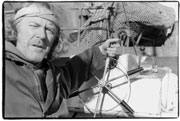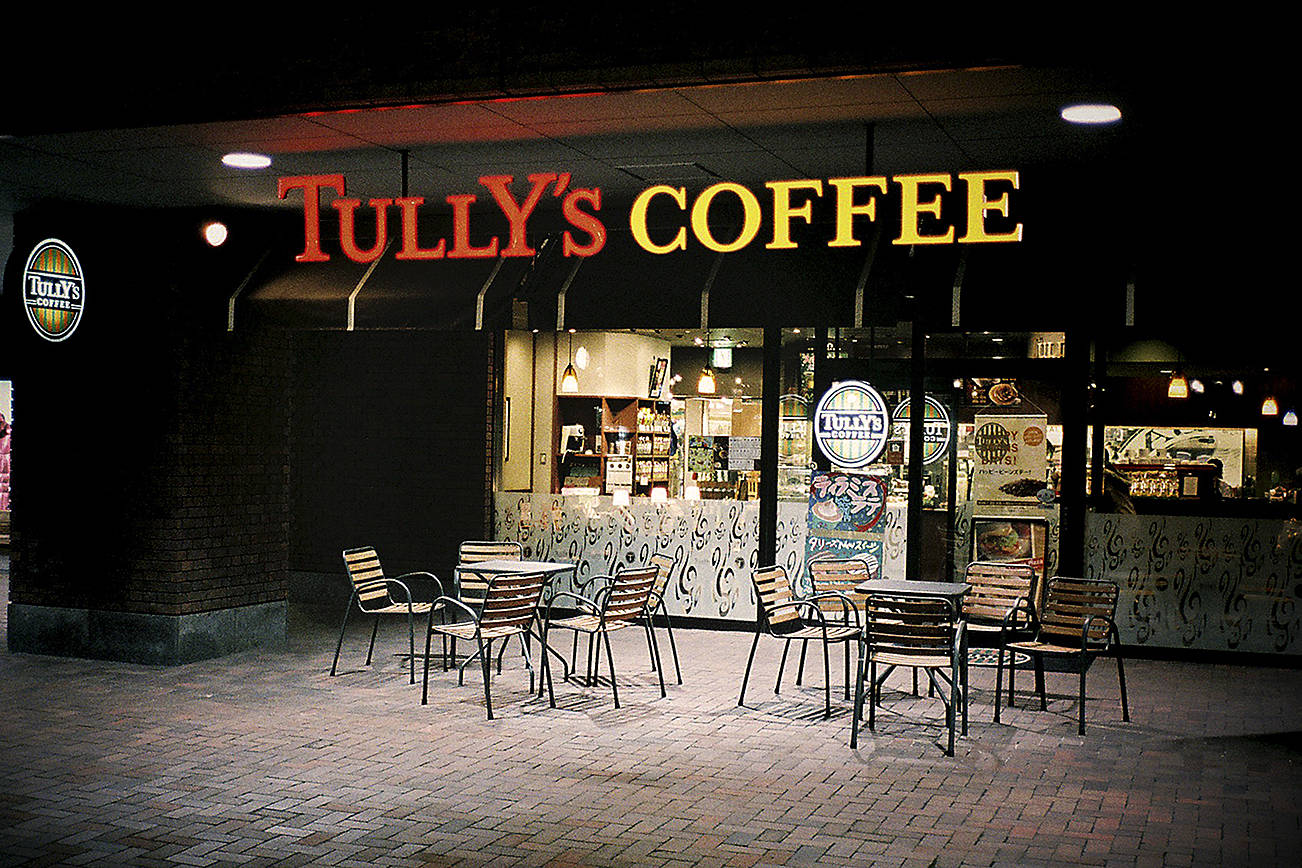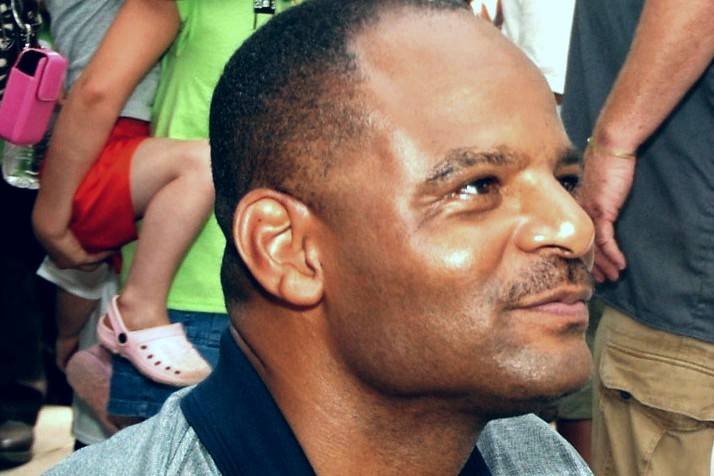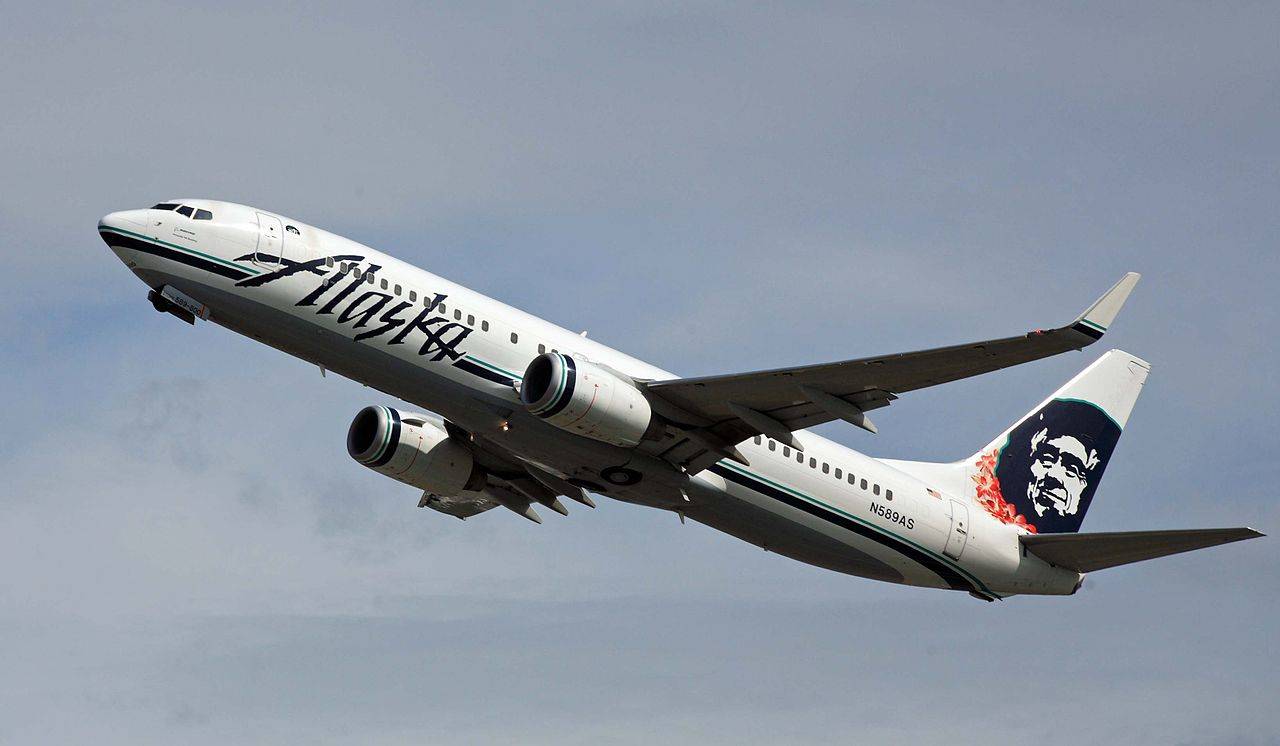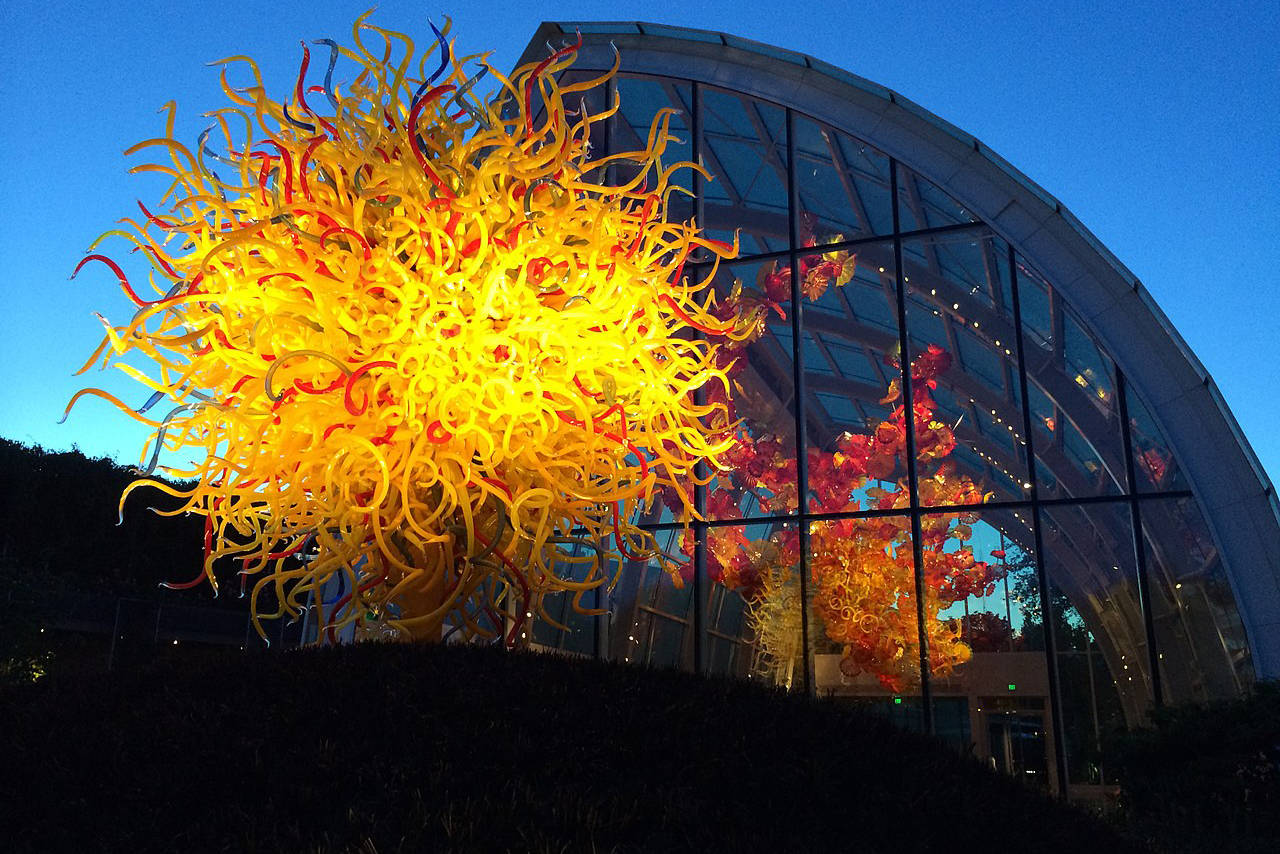Destroy it in order to save it. That’s the catch of the day at Fisherman’s Terminal. The Port of Seattle plans to park yachts next to fishing boats and maybe erect a village of shoreline condos to generate new revenue—a move commercial fishers call the beginning of the end of their historic home port. “If this happens, in 10 years Fisherman’s Terminal will become Fisherman’s Wharf,” says rabble-rousing fisher Pete Knutson, referring to the once-proud San Francisco fish-boat basin now known for its tacky tourist trappings. “Like some of our fish, we can become an endangered species.”
The stubble-bearded Knutson—a third-generation fisher who has spent half his 48 years on the seas—flipped on a coffee maker in the cluttered cabin of his 40-foot gillnetter, The Njord, as it rocked gently on sun-dappled Terminal waters the other day. A mop of curly hair swayed from his bandanna headband as he picked up tools and nuts and bolts scattered around the boat—a repair work in progress—then cleared a table for his papers. Out his windows bobbed a mast-filled seascape of some 300 seiners, trollers, and trawlers tethered to the docks and finger piers of Fisherman’s Terminal—land and harborage at the southern end of the Ballard bridge that was given to Seattle’s commercial fishing fleet by Union Pacific Railroad circa 1913, with the Port as caretaker.
“Caretaker!” spits Knutson. The Port had previously told fishers that the Terminal was losing money, he says. Fishers were therefore surprised to read in new Port documents that revenues were so healthy the Port was actually draining off 5 percent annually to pay for other projects. At the same time, the Terminal’s condition deteriorated and now requires a $24 million infrastructure fix.
“We’ve had rot and broken pilings that weren’t repaired,” says Knutson, who is heading a group of fishers opposed to the Port’s yachting plan. “The loading area along the west wall has been condemned by the fire department and can’t even be used.”
Today it’s the commercial fleet that faces condemnation, Knutson insists. To Seattle—a city with a fish on its official seal—the Port’s marina plan will mean the loss of perhaps the last major American inner-city wharf devoted almost exclusively to fishing boats (a few work boats and a historic tour ship also berth there) and the diminishing of a local hallmark industry, the fishers say.
To Knutson and others who regularly brave danger and financial ruin to plumb the icy seas (and are just beginning to recover from an industry price slump), it will mean the upscaling of their historic working wharf—no less calamitous, they say, than if Pike Place Market was turned into a mall. Which, of course, has been tried.
“I’ve tried to picture it. One day we’ll be standing at the Seattle Fisherman’s Memorial,” Knutson says, referring to the Terminal’s towering statue and granite memorial that contains the names of more than 600 local fishers who died at sea (15 more from the recently sunk Arctic Rose will be remembered at a May 6 ceremony), “and you’ll look out at these historic waters and see a fleet of . . . yachts. That’s sick.”
Harbor Development Strategy 21 Committee, an advisory group that reviewed Port operations, recommended the move as part of a new Port financial strategy. The group said “location of yacht brokerages at Fisherman’s Terminal and uplands redevelopment concepts” could enhance Port revenue. Port officials say the downsized commercial fish industry doesn’t fully use the piers, and welcome the notion of new office and residential buildings nearby.
If waterside condos are the revenue bait, then yacht berths must be the necessary sales hook, say the fishers.
“With yacht moorage to offer, you can obviously sell a condo at a much greater price,” says Knutson. “But before they build something that’s not related directly to fishing, they have to kind of destroy the concept of the Terminal as a dedicated fishing facility.”
That means, adds fellow fisher and plan opponent Bret Barnecut, whose funky, tarp-covered, fire-damaged 76-foot tender is moored near Knutson’s boat, “They have to first get rid of the trailer trash—that’s us—to fully develop it.”
Currently, compared to commercial fishing vessels, pleasure boats have four times the port slip space in local waters. Unlike the fish boats now docked at the openly accessed Terminal piers, where visitors can watch the action up close and hear, Barnecut says, old salts spin “some of the greatest lies, myths, and stories ever told,” the yacht piers will be private, with locked entry gates, and require wider berths. The pleasure boats will be located next to the Terminal’s dedicated painting and “hot work” (welding) area, posing issues of noise, smell, and conflict.
“They’ll start complaining, and we’ll have to stop doing this, then that,” says Knutson. “Eventually, we could end up with the Fisherman’s Terminal Yacht Club.”
Port Commission President Clare Nordquist says the idea of making space for pleasure crafts is to create a “short-term revenue enhancement” for the Port, and the commission is expected to finalize the move with a June vote. Officials see it as a done deal, with no call for a full public hearing. However, Allied Arts is sponsoring an open forum on the plan May 9 at the Nordic Heritage Museum, seeking to answer questions about “changes in public access and in the historic character” of the Terminal, says Philip Wohlstetter, Allied’s president.
“The real point of this is the Port maximizing its real estate investment,” says Knutson, a leader of Friends of Fisherman’s Terminal (528-2559) who earlier helped head two successful drives to stop local anti-fishing initiatives. “What they want to do, I am positive, is eventually tear down the gear lockers and net sheds and build there,” he says, referring to the big powder-blue sheds on the southern uplands where fishers store and repair their nets in the off-seasons.
Fellow fisher Barnecut points out, from the Port’s own figures, that the Terminal directly and indirectly provides 5,306 jobs and $256 million in wages.
“That’s economic power they want to ruin?” he asks. “The Port says our ‘vacancy’ rate is about 30 percent at the Terminal. But we don’t make money hanging around the dock. We’re ‘vacant’ because we’re out fishing. I mean, what can be more ‘vacant’ than the Port’s multi-million-dollar cruise ship terminal on the waterfront?”
“The Port keeps dissing our industry like we’re dying,” says Knutson. “I wholesale my sockeye and coho catch to Larry’s, Thriftway, and others, and I’m sold out. I’m never sold out this early. The reason is because people are worrying about their food supply, tainted meat, pollutants. Things are changing. We’re reinvesting. We’re feeling good again.” He looked out his window, mulling the future. “Well, there’s always Juneau.”
